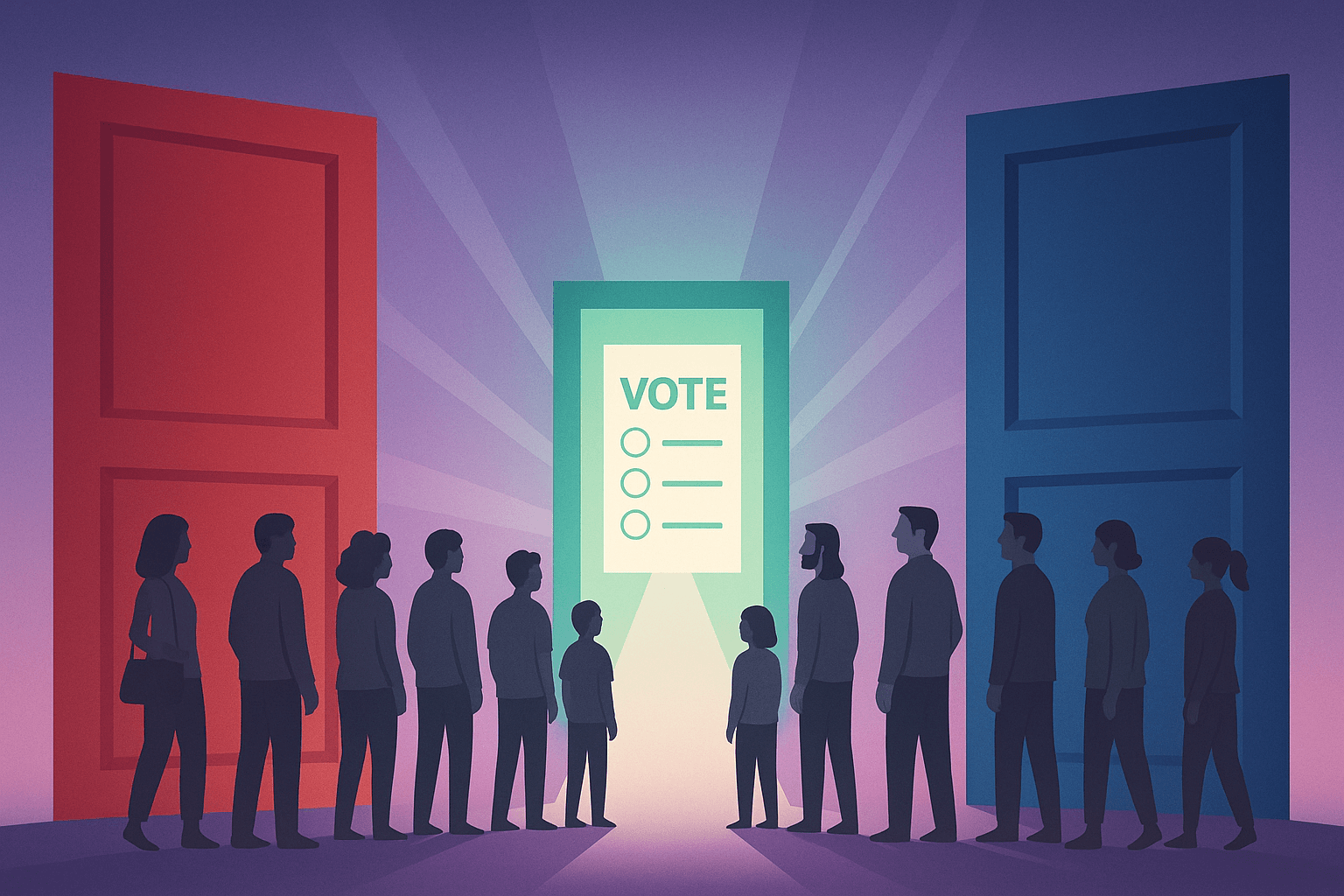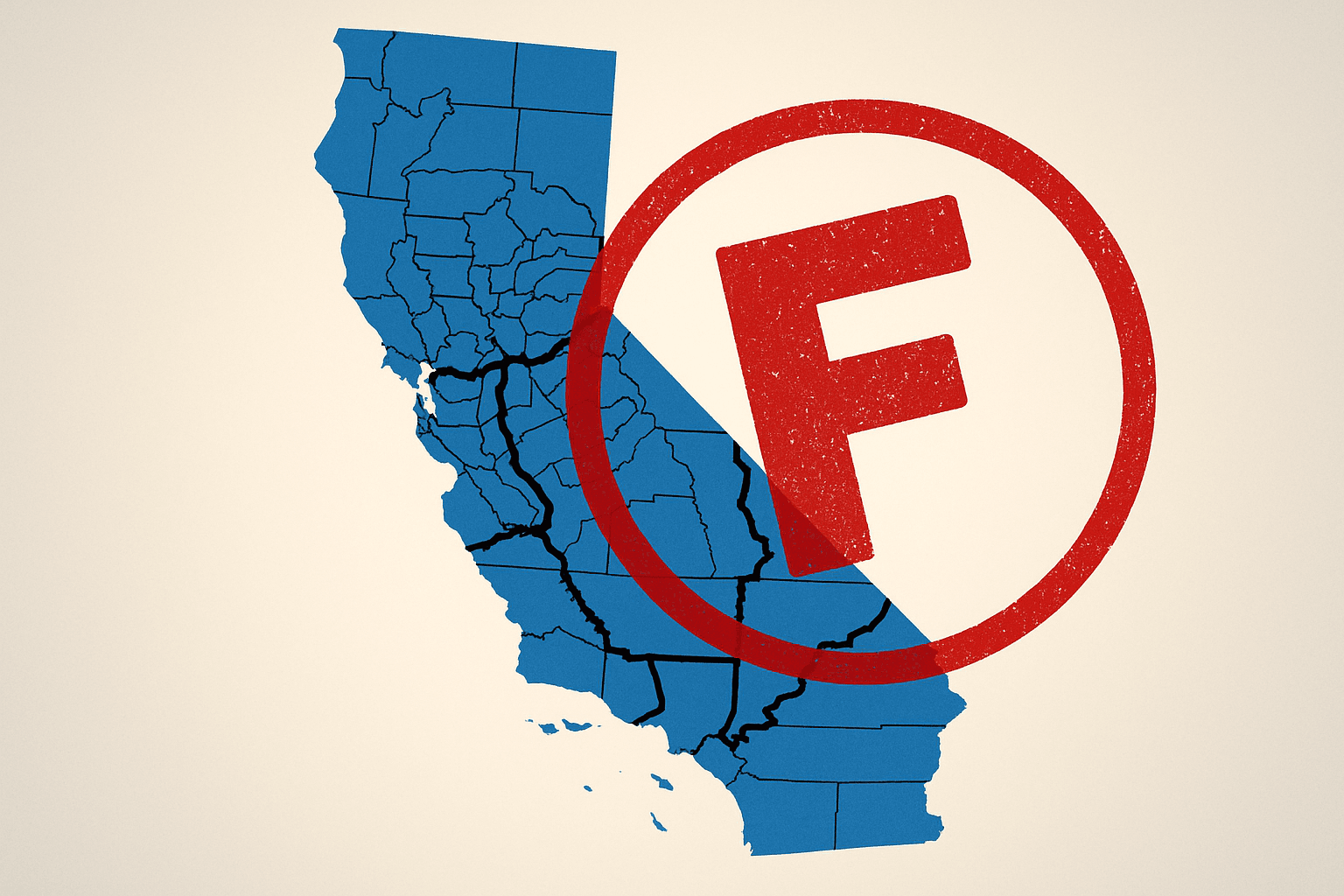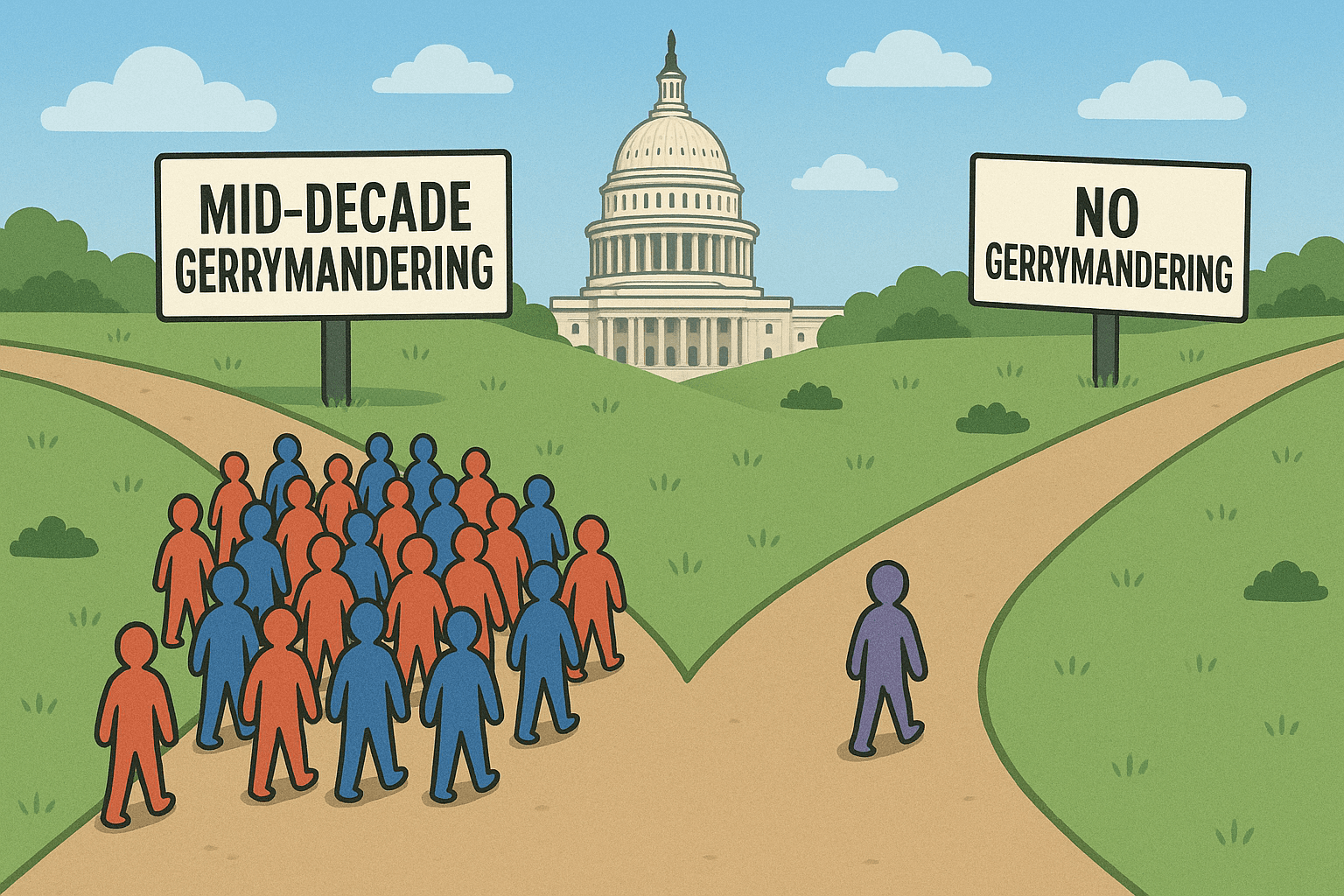A More Inclusive Presidential Primary Would Motivate Voters to Participate

1972, the Iowa Caucuses have been first in the nation and New Hampshire has been the first "primary" since 1920.
There, of course, have been states that have attempted to circumvent Iowa and New Hampshire, claiming that they don't truly represent America as they are small states with seemingly narrow demographics. This has led to a few reform proposals where states are ordered based on population and demographics or grouped together to be more representative of the nation as a whole.
I created a plan that, I thought, was original. That is, until I dug a bit deeper when researching this article. The idea that I had lines up almost perfectly with that of the National Association of Secretaries of State (NASS).
Under this plan, there would be regional primaries that would be held on a rotating basis. The NASS plan differs slightly with the regions I had pictured (which, as defined by the United States Census Bureau, would be the Northeast, South, Midwest, and West).
NASS would group the regions as such:
- Eastern Region (1): Connecticut, Delaware, Maine, Maryland, Massachusetts, New Jersey, New York, Pennsylvania, Rhode Island, Vermont, West Virginia, and the District of Columbia.
- Southern Region (2): Alabama, Arkansas, Florida, Georgia, Kentucky, Louisiana, Mississippi, North Carolina, Oklahoma, South Carolina, Tennessee, Texas, Virginia, Puerto Rico, and the Virgin Islands.
- Midwestern Region (3): Illinois, Indiana, Kansas, Michigan, Minnesota, Missouri, Nebraska, North Dakota, Ohio, South Dakota, and Wisconsin.
- Western Region (4): Alaska, Arizona, California, Colorado, Hawaii, Idaho, Montana, Nevada, New Mexico, Oregon, Utah, Washington, Wyoming, and Guam.
The NASS plan still singles out Iowa and New Hampshire, allowing their contests to remain prior to any others. I think this is a self-defeating addendum.
One of the primary reasons (pun fully intended) to switch to a regional primary system is to negate the power that individual states -- particularly these two -- hold in the presidential nominee selection process.
A regional system would minimize one of the large expenses that most campaigns incur: travel costs. Instead of jetting between Iowa, Nebraska and South Carolina (usually the 3rd major presidential contest), a campaign can schedule events that let the presidential candidate practice retail politics the way state candidates do.
While there would still be a high amount of travel, it would be a different type, focusing much on the ground aspect than on planes. Even then, while plane travel would still occur, it would be far less time consuming than what currently takes place (except when campaigning in Hawaii or Alaska).
The impact of political ads would be far greater as well. For example, candidates currently will air ads on Omaha, NE TV and radio in hopes of reaching people in Southwest Iowa. The same goes for Sioux Falls, SD in the hopes of reaching Northwest Iowa voters. Under the regional plan, those ads would have a far greater effectiveness as voters in eastern South Dakota and Nebraska would also be influenced. Therefore, the money spent on ads has a far greater impact and it is less limiting to the smaller campaigns who don't have the war chests of the larger ones.Most importantly, a process like this is inclusive rather than exclusive, like our current system. More people would have a say in who receives the nomination from either the Republican or Democratic Parties. With the exception of President Obama's nomination in 2008, it seems that many presidential campaigns are over before they even start, leading to the coronation of a nominee before most of the country has even had a chance to vote.
While a regional primary system is not perfect, it is exceedingly better than the layout we have today, where few states matter and candidates must crisscross the continent -- wasting both time an money. Knowing that candidates will be spending a large portion of time in their area, people will be more motivated to listen to them and learn about them, rather than leaving the duty of voting in a primary election to those who are avid supporters (or detractors).



